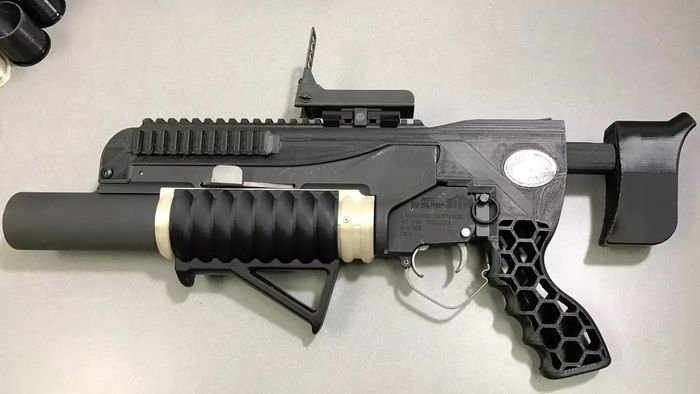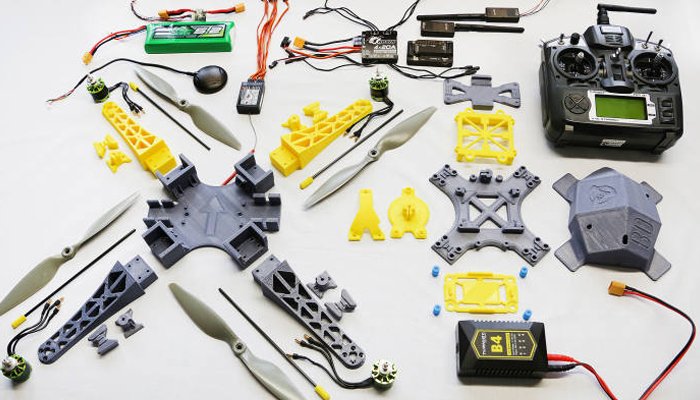3D printing and designing are revolutionizing the defence sector, offering unprecedented efficiency and flexibility in manufacturing. This advanced technology enhances the production of critical military equipment, reduces costs, and facilitates the customization of complex components. This blog explores the transformative impact of 3D designing in defence, highlighting its applications and potential for future innovation.
Overview of 3D Printing in Defence
In the defence sector, four primary 3D printing technologies stand out: Stereolithography (SLA), Selective Laser Sintering (SLS), Direct Metal Laser Sintering (DMLS), and Fused Deposition Modeling (FDM). Each offers unique advantages:
- SLA excels in precision, crucial for components requiring intricate details.
- SLS is versatile, capable of using durable materials suitable for robust military parts.
- DMLS is particularly valuable in the defence industry for its ability to create complex, high-strength metal parts directly from digital files, reducing the need for tooling and enabling the production of parts that are impossible to manufacture through traditional methods.
- FDM provides a cost-effective approach for rapid prototyping, enabling quick design iterations.
These technologies not only accelerate the production process but also enhance the adaptability and efficiency of military operations, providing significant strategic advantages.

Applications of 3D Printing in Defence Sector
3D printing is revolutionizing defence capabilities by enabling the creation of complex components and facilitating on-demand manufacturing in remote areas.
Creating Complex Components
This technology is essential for producing intricate parts such as lightweight yet durable drone components and advanced vehicle armor. The ability to create complex geometries that traditional methods cannot achieve enhances both performance and efficiency.
On-Demand Manufacturing in Remote Locations
Portable 3D printers empower military units to produce parts on-site, minimizing reliance on extensive supply chains. This capability is crucial for maintaining operational readiness and effectiveness in isolated or hostile environments, ensuring rapid response to logistical challenges.

Challenges and Future Prospects
While 3D printing & designing offers transformative benefits for the defence sector, it also presents unique challenges that must be addressed to harness its full potential.
Current Challenges in 3D Printing for Defence
Despite its advancements, 3D printing faces technical limitations that can affect the quality and durability of printed components, crucial for defence applications. Additionally, the openness of 3D printing technology poses security concerns, as designs can be susceptible to theft or unauthorized reproduction. Addressing these challenges is essential for ensuring the reliability and security of 3D-printed defence materials.
Future Trends in 3D Printing for Defence
Looking ahead, the future of 3D printing in defence is promising, with ongoing research aimed at overcoming current limitations and enhancing capabilities. Technological advancements are expected to improve the precision, strength, and material diversity of printed components. Furthermore, increased integration of cybersecurity measures is anticipated to protect sensitive data and designs from potential threats. As these innovations continue to develop, 3D printing is poised to play an even more critical role in the evolution of defence strategies.
Conclusion
3D printing and designing are undeniably reshaping the defence sector, providing strategic advantages that were once unimaginable. From creating complex components with unprecedented precision to enabling on-demand manufacturing in the most remote locations, the benefits of this technology are vast. However, as we navigate its challenges—such as technical limitations and security concerns—the path forward involves robust research and development to ensure that 3D printing meets the stringent demands of defence applications. With continuous advancements and enhancements, 3D designing is set to revolutionize defence strategies further, making it an indispensable tool in modern military operations. As we look to the future, the potential of 3D printing in defence continues to expand, promising even greater innovations and solutions in this critical sector.
For more insights into how Tesseract is pioneering innovations in 3D designing and its impact across various sectors contact us. Join us as we continue to explore and expand the horizons of 3D technology.






